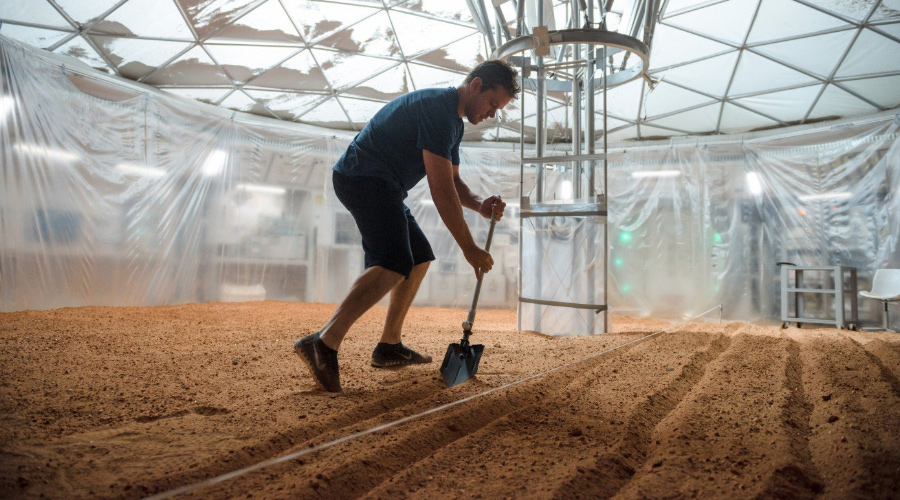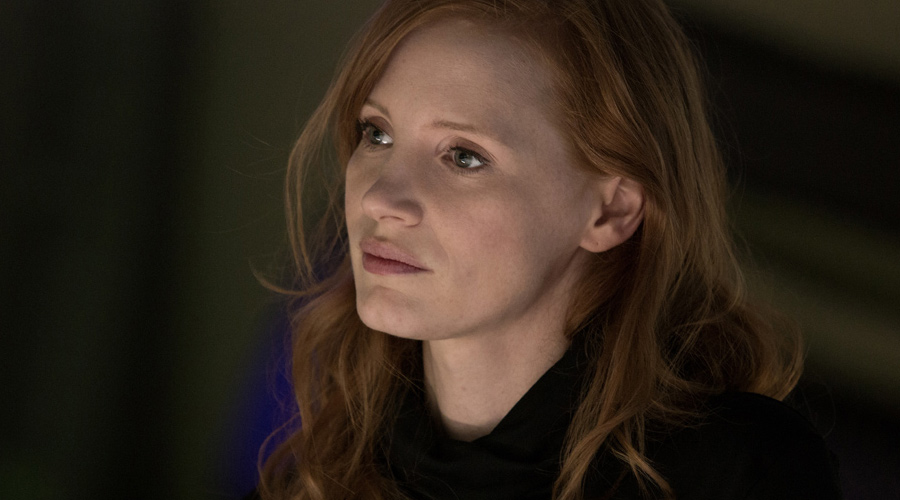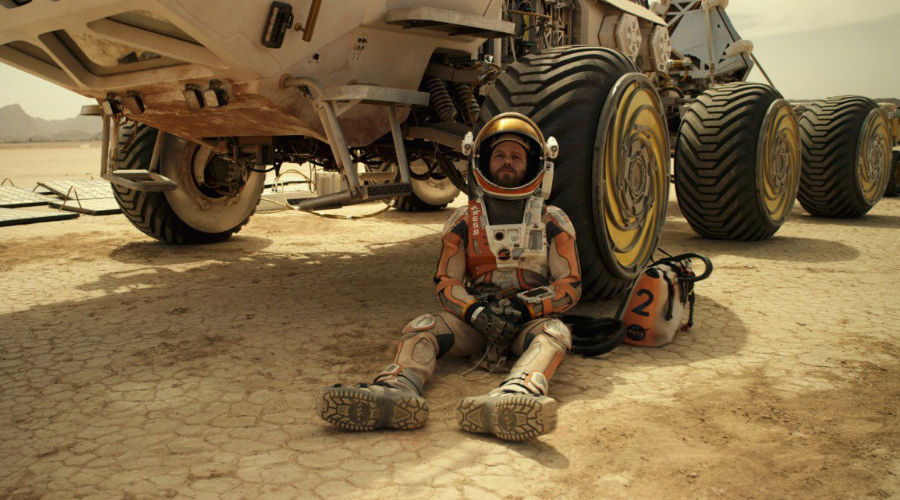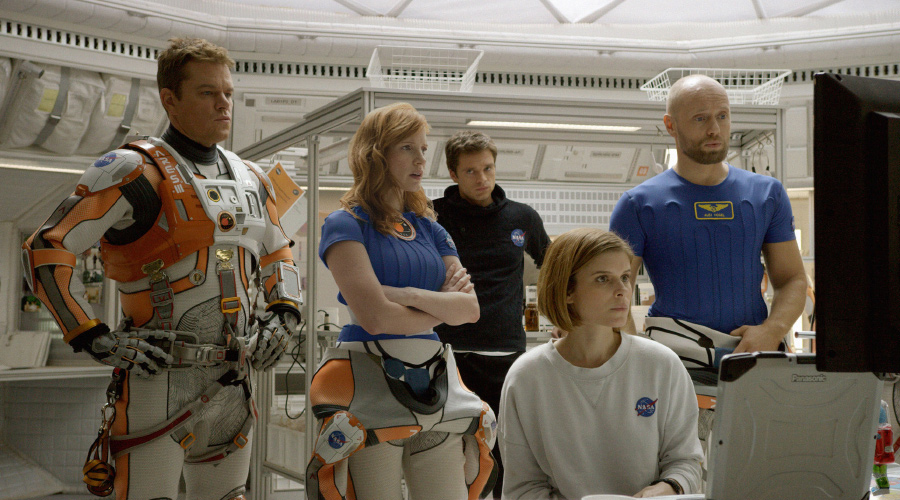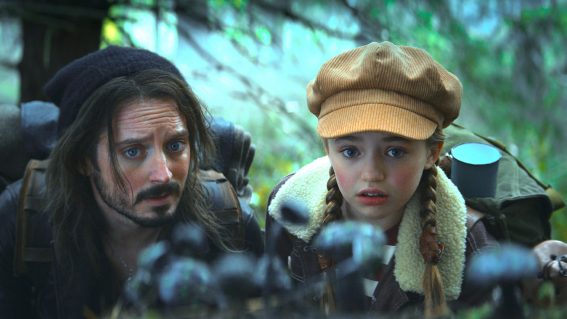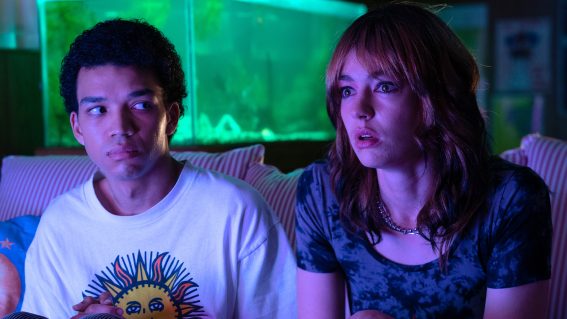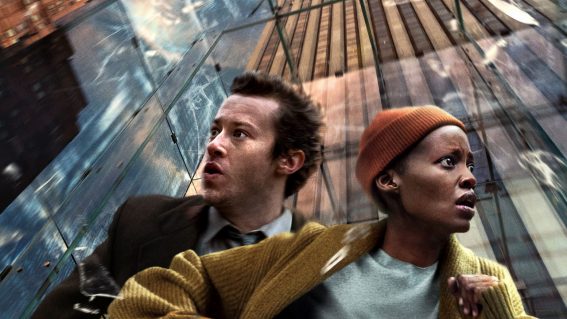‘The Martian’ Dumbs Down the Book in the Smartest Way Possible
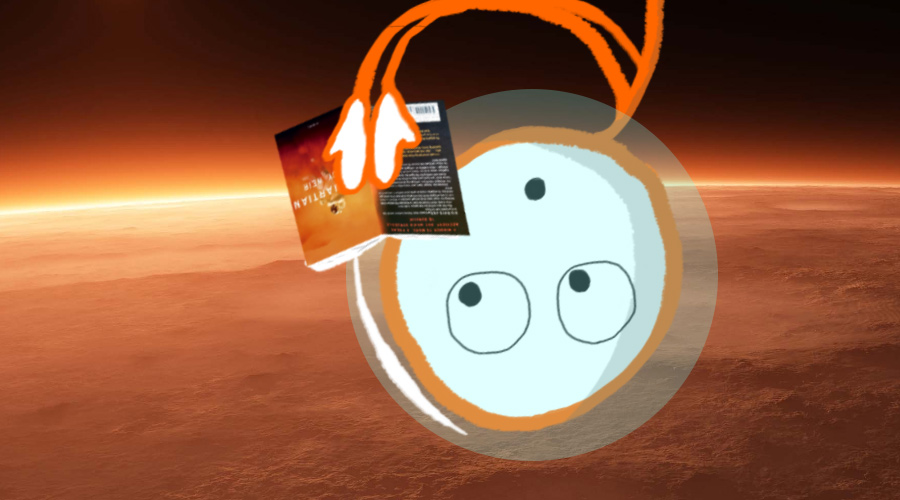
When I leave a film and someone tells me “the book was better,” I get really annoyed. Not at the person for feeling that way, but at the pesky little dickish devil that pops up and reminds me how often I don’t read novels.
“A writer who doesn’t read books… how fucking stupid is that?” he would screech before cackling like Salacious Crumb and vanishing into a puff of farts.
In an effort to feel less like a paradox, I decided to read The Martian book after seeing The Martian movie. I then re-watched The Martian movie after finishing The Martian book because, well, it’s problem-solving porn and I love it.
I also wanted to feel super smart by finally answering that golden question myself – “Is the book better?” But after my second sitting with The Martian, I realised that that’s the wrong question to ask.
The Martian movie turns the book into fine cinema juice, and you may instinctively dump all that praise onto director Ridley Scott’s feet. But the success/failure of Scott’s recent films has not hinged on his directorial abilities – it’s mainly been due to the story, none of which he has a writing credit on.
Damon Lindelof is why you hated Prometheus. Cormac McCarthy is why you tuned out of The Counselor. A whole gumbo of screenwriters is why you barely remembered having seen Exodus: Gods and Kings. But the reason you loved The Martian isn’t simply due to Scott’s effective direction – the film’s other hero is screenwriter Drew Goddard, the man largely responsible for The Cabin in the Woods and that kick-ass Daredevil TV show you adored.
(And by ‘you’ I mean ‘imaginary person I made up to solidify my point’.)
There’s an intimidating amount of ultra-science in Andy Weir’s book that he somehow managed to reduce and refine to a level that’s easy to follow for non-nerd dummies like me. Goddard’s script needed to reduce and refine the book even further, effectively cutting a diamond from another diamond.
But by George, he did it.
Here are a few of the most important changes and improvements he made to the story that went largely unrecognised.
Showing Instead of Telling
This is Screenwriting 101: if you can show something, show it – don’t just have characters explain it. It’s a simple rule, but one worth revisiting.
Goddard changes up and simplifies certain moments of exposition by having characters either illustrate a plan with a physical reference or… you know… just doing it. From little things like Watney securing and stapling shut his opened stomach to recasting Kristen Wiig and Jeff Daniels as Earth and Mars in order to demonstrate the Rich Purnell Manoeuvre, Goddard created visual ways in his screenplay to communicate the science without us needing a pad and pen.
(Well, OK, technically Rich DID need a pen in that scene. Smart-ass.)
Making Lewis (Not Beck) the Ultimate Saviour
The final scene sees Watney shoot into space in a “convertible” rocket, but fall short of the estimated speed and distance necessary for a smooth recovery, causing Commander Melissa Lewis and the crew to hastily realign with Watney via some sort of spaceship queef-thrust manoeuvre.
In the book, Chris Beck is the one who drops in to grab Watney. However, in the film, Goddard swaps out Beck for Lewis.
By giving the end heroics to Lewis, it adds a bigger sense of completion to her character’s arc. She was the one who stayed behind to search for Watney during the initial storm, she took it the hardest when the crew found out he was still alive, and she presented the opportunity for mutiny in order to “get our boy”.
Though the crew were just as dedicated to saving Watney – each playing a role in his rescue – this responsibility ultimately fell on their commander. So to have Lewis catch Watney at the end made the climax even more satisfying to behold.
Humanising Watney
Weir’s Mark Watney is portrayed as quite a goofball, and this is mainly due to the fact that most of his identity is illustrated through witty diary entries and his smart-ass communication with NASA. The movie imitates these journal entries through vlogs, but Goddard goes further by showing us Matt Damon’s Watney beyond that perspective – and the film’s richer for it.
By straying away from the vlogs, we witness Watney at his most vulnerable and his most human. One of the film’s most effective scenes comes after Watney makes a DIY door for his busted HAB using tarp and duct tape. In theory, this door should hold, but one tiny tear means he dies.
As he does a simple stock-check on his potatoes, we see Watney gravely distracted by the Mars gusts slapping his door, with each sound coming with a chance of insta-death. Damon sells the internal dread brilliantly, making his fears feel human.
Seeing it for yourself is far more effective than hearing a self-deprecating wisecrack about it from Watney’s journal. (Show, don’t tell, remember?)
These are all fantastic touches from Goddard, but the addition I admire the most is…
The Beginning
Why do we care about Mark Watney? Sure, he’s a super likeable guy when he’s talking to a webcam, but we never see any family members of his back home hoping for his safe return (a passing mention of his parents does not count). No one at NASA or JPL really seem to be pals with him, either.
With the rescue operation costing approximately 394,000,000,000 butt-loads of dollars ($394,000,000,000 BLD), a lot is being sacrificed to save Watney, and we need to feel his worth as a human being. We need to feel a connection to him that goes beyond successful-charming-witty-handsome-white-dude and we need to feel it immediately.
This is what makes the opening scene in Goddard’s script brilliant.
Before the storm alert, the crew banter and joke with one another while doing, erm, Mars astronaut stuff. The dialogue and delivery feels completely natural, like the rapport any healthy workplace would share (and is also what made us feel connected to the crew from Ridley Scott’s Alien, just so you know).
In this scene alone, we see Watney as a buddy. We see him as a colleague. We see him as a vital member of a team. We want Watney to live – not just for his sake (he doesn’t want to die), or for NASA’s sake (it would be a PR nightmare), but for the crew’s sake (they will lose a friend). The fear of losing someone close to you is universally relatable, and that empathy is pivotal to the film’s success.
This scene also never happened in the book, because Weir did not need a scene like this. We get to know more about Watney on a personal and practical level than any film can realistically achieve in under two-and-a-half hours.
I’ll be honest: there are moments in the book I wish could have made it to the film, like Weir’s breakdown of a simple little problem causing a domino effect of disaster (e.g. the HAB breach, the launch failure) or the follow-up sandstorm that Watney had to overcome with solar panels (it’s a great moment in the book).
But sacrifices need to be made in good book-to-screen adaptations. Heaps had to be cut from Weir’s excellent novel – stuff that works far better in a book than on a screen – and Goddard sliced with surgical precision.
He also had to dumb down a lot of the science, but he did it in the smartest way possible.

